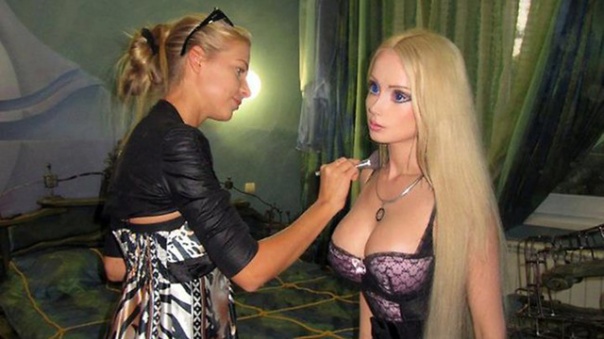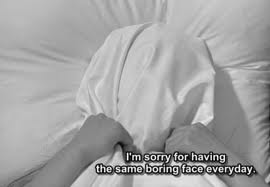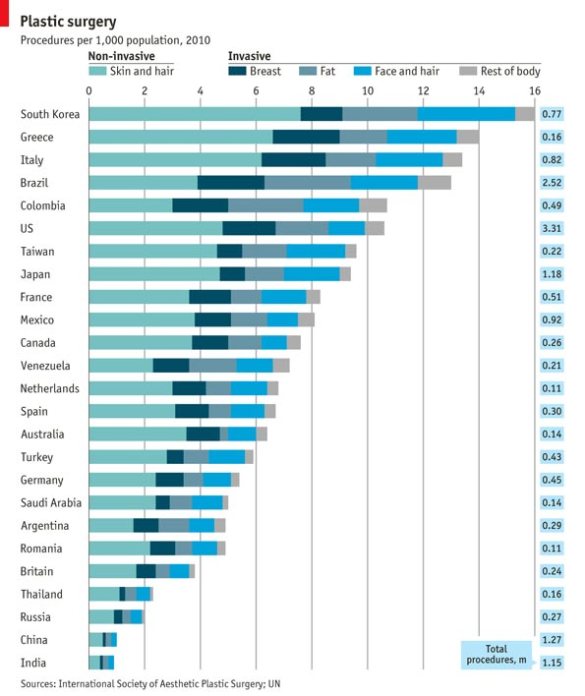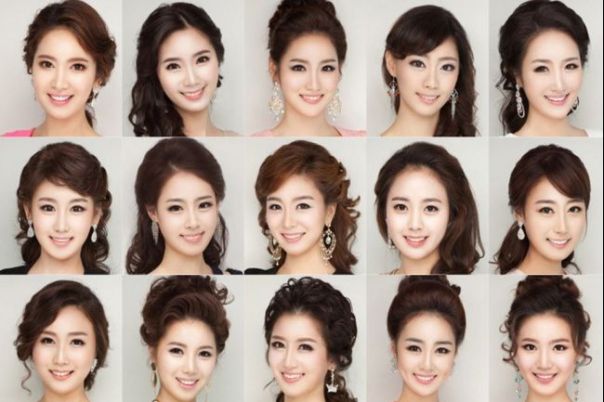Is BDD one of the risk factors of suicide? BDD expert Katharine Phillips found that in the US, the suicide rate in patients with BDD is 45 times higher than the general population!
‘I can’t do this anymore, I can’t wake up in my bed in the morning and do this all over again,’ BDD patient Nathaniel Asselin told his mother before deciding to kill himself and put an end to his agony. (read more: http://www.dailymail.co.uk/news/article-2152345/Body-dysmorphic-disorder-Judy-Asselin-tells-heartbreak-son-Nathaniel-24-killed-himself.html)
BDD is closely associated with poor Quality of Life (QOL); in severe cases, BDD causes malfunction in occupational and academic aspects, and even suicidal ideation. In Kay et al’s study “Suicide Ideation Associations with Attitudes toward Suicide, Quality of Life, and Attitudes toward Death and Dying among Chinese, Korean, Thai, and Vietnamese High School Seniors” (2012), analysis revealed that student suicide ideation was significantly associated with QOL in all four countries. Studies also found that approximately 80% of individuals with BDD experience lifetime suicidal ideation and 24% to 28% have attempted suicide.
BDD has a high co-occurence with substance use disorders, social phobia, obsessive compulsive disorder (OCD), personality disorders, and depression. Among all, depression (mostly caused by impairment in social, occupation, and academic functionality) has the most significant impact on suicidal attempts.
That being said, BDD brings about devastating psychological consequences to the diagnosed individual. Sadly, as suggested by Dr. Phillips, ”B.D.D. remains vastly underrecognized and vastly underdiagnosed, [and] most people probably know someone with B.D.D. but just don’t realize it.”
References:
Kay, N. S., Jantaraweragul, S., Kanungsukkasem, V., Li, K., Jones, M. R., & Huang, Y. (2012). Suicide Ideation Associations with Attitudes toward Suicide, Quality of Life, and Attitudes toward Death and Dying among Chinese, Korean, Thai, and Vietnamese High School Seniors. Journal of Education and Learning, 1.
Philipps, K. (1999). Quality Of Life For Patients With Body Dysmorphic Disorder.European Neuropsychopharmacology, 9, 219.
Phillips, K. A., & Menard, W. (2006). Suicidality In Body Dysmorphic Disorder: A Prospective Study. American Journal of Psychiatry, 163(7), 1280-1282.
Phillips, K. A., Menard, W., Fay, C., & Pagano, M. E. (2005). Psychosocial Functioning And Quality Of Life In Body Dysmorphic Disorder. Comprehensive Psychiatry, 46(4), 254-260.
Phillips, K. A., Coles, M. E., Menard, W., Yen, S., Fay, C., & Weisberg, R. B. (2005). Suicidal Ideation And Suicide Attempts In Body Dysmorphic Disorder.The Journal of Clinical Psychiatry, 66(06), 717-725.













